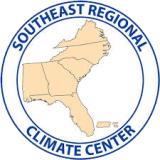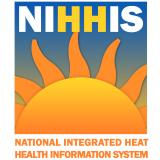Southeast Climate Monthly Webinar: August 23, 2022
Temperatures and precipitation were variable across the region this past month, with most of the region exhibiting slightly above=average temperatures and below-average precipitation.
Streamflows are near normal across most of the region. Drought conditions have improved. Tropical storm activity has been minimal. La Niña is expected to continue. Looking ahead: The three-month Southeast outlooks show temperatures leaning towards warmer than normal across the region. Precipitation is leaning to drier than normal in northern Alabama, Georgia, western North Carolina, and western Virginia, and leaning toward wetter than normal in Florida and the coastal Carolinas.
Expect streamflows to continue mostly in the below normal to normal range for much of the Southeast through autumn. Below-normal streamflow will be more likely if tropical activity does not impact the Southeast. The Atlantic Hurricane Season has begun—stay prepared! Check out this month’s special presentation, “Climate, Heat, and the Southeast,” to learn about how extreme heat impacts the region and actions that are being taken.
About This Webinar
The Southeast Climate monthly webinar series is hosted by the Southeast Regional Climate Center, the National Integrated Drought Information System (NIDIS), and the NOAA National Weather Service. These webinars provide the region with timely information on current and developing climate conditions such as drought, floods, and tropical storms, as well as climatic events like El Niño and La Niña. Speakers may also discuss the impacts of these conditions on topics such as agriculture production, water resources, wildfires, and ecosystems.






